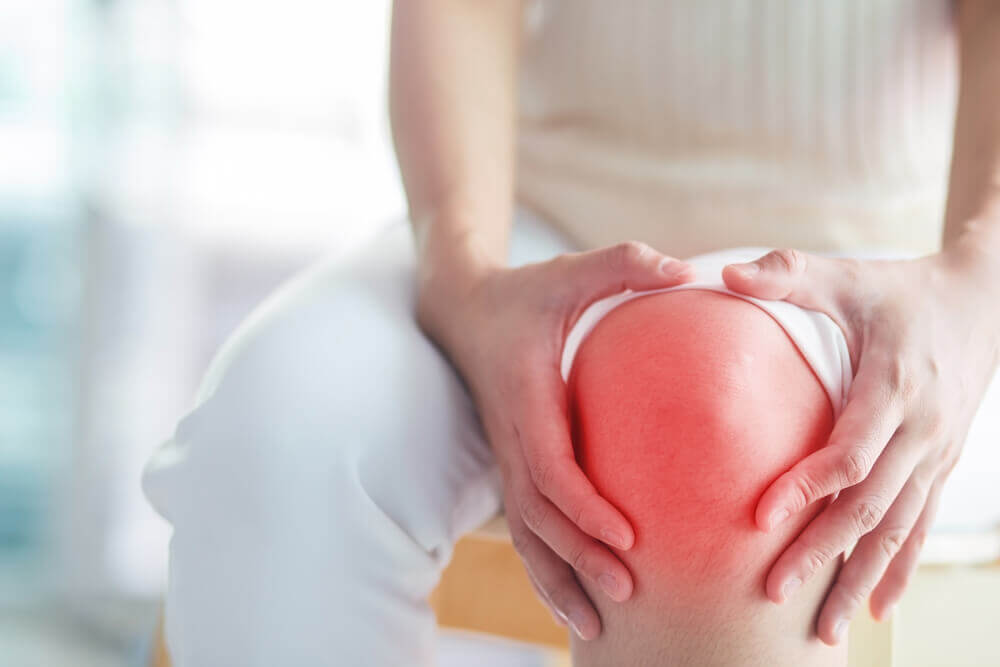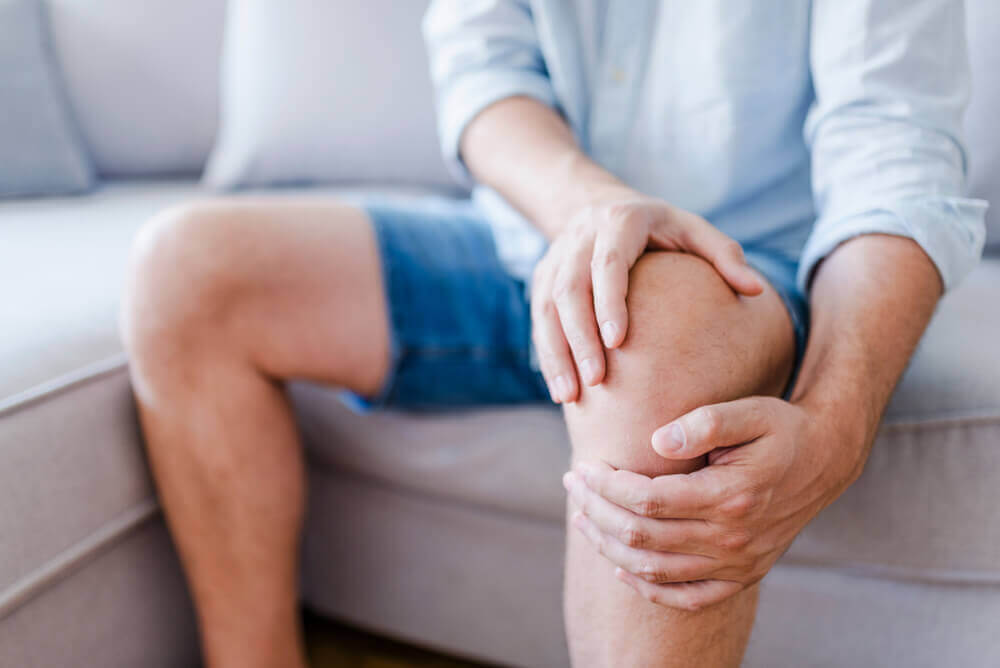
Arthritis is an umbrella term for a range of inflammatory conditions that affect the bones, muscles and joints.
A 2018 study based on self-reported data from the ABS National Health Survey 2017-18 found that arthritis—including osteoarthritis, rheumatoid arthritis and ‘other type and unknown’—affects an estimated 15% of Australians.
Arthritis symptoms can have a huge affect on an individual’s lifestyle, including their physical activity and mental health. So it’s important to be aware of the symptoms and how to manage arthritis pain.
What Is Arthritis Pain And What Are The Common Symptoms?
Arthritis is a painful condition which affects the joints, bones and cartilage. It can affect people of all ages and cases can range from mild to severe. There are many types of arthritis, and these often affect joints such as the knees, wrists, hips, knuckles and ankles.
There are three common types of arthritis:
Osteoarthritis
This is the most common form of arthritis. Caused by mechanical wear and tear on the joints, it occurs when the protective cartilage that cushions the ends of the bones wear down over time. Although it can damage any joint, the condition is most common in the joints of the hands and knees.
Symptoms can include pain during or after activity, loss of flexibility and feeling a grating sensation when using the joint.
Rheumatoid Arthritis
This type of arthritis is an autoimmune disease, which means your immune system attacks your own healthy tissue, including your joints. The resulting inflammation causes swelling and pain in the associated joints. Early symptoms can include feeling feverish as a result of this inflammation.
Gout
This is a type of arthritis that can affect anyone. It’s characterised by sudden, severe attacks of pain, swelling, redness and tenderness in one or more joints, most often in the big toe. Often the joint will feel very hot, tender and extremely sensitive.

How To Manage Arthritis Pain
The best way to manage your arthritis pain is to learn all you can about your condition. Speaking to your doctor about what type of arthritis you have and whether any of your joints are already damaged will help you build a treatment plan specific to your needs.
Once you have good knowledge of your condition, some of these great management options will become accessible.
Everyday Routines
Throughout the day it is important to keep your joints moving by doing gentle stretches that take your joints through their whole range of motion. Even though it may seem counterintuitive, this may actually help to reduce your pain. It is also important to know your limits and balance your daily activity with rest.
Practising good posture is important to ensure you are sitting, standing and moving around correctly, so you can avoid more pain.
Maintaining a healthy weight will take a lot of stress off your affected joints and help to reduce your joint pain so activity is less uncomfortable.
Smoking causes stress on connective tissue, which can aggravate arthritis pain, so quitting is important to managing your symptoms.
Medication
There is a range of medication for arthritis pain relief, though it is important to discuss with your doctor what is most appropriate for your specific pain symptoms.
Over-the-counter medications such as ibuprofen can help relieve occasional pain triggered by activities that your muscles and joints aren’t used to. Creams containing capsaicin may be applied to the skin over a painful joint in conjunction with oral medication to help relieve pain too. However, it is important to consult with your doctor if over-the-counter medications don’t relieve your pain.
Exercise
Exercise is a great option if you’re wondering how to manage arthritis pain. It not only helps relieve pain, but also increases range of motion, reduces stiffness and increases endurance.
It can also help to improve your mood and manage your weight, both key to reducing your pain.
It is important to partake in exercise that builds muscles around your affected joints but doesn’t irritate them. In this case, low-impact exercises such as swimming, walking and cycling are the most suitable. Consult your physio before you begin any exercise.
It is a good idea to avoid:
- Running
- Jumping
- High impact exercise on hard surfaces
- Any activity that means you’re repeating the same movement again and again (e.g. swinging a bat over and over)
Physiotherapy
Undertaking physiotherapy for arthritis—especially osteoarthritis and rheumatoid arthritis—is a very effective treatment which helps manage the symptoms and maintain joint function as you age.
Physio treatment aims to:
- Reduce pain, stiffness and inflammation
- Improve range of motion
- Strengthen surrounding muscles
- Improve overall function
- Normalise muscle lengths
- Improve balance
Arthritis—or structural wear and tear—cannot be reversed but we know that when affected joints are kept strong and mobile, they can function surprisingly well with often no pain at all. As your strength improves, you may find your tolerance to activities you once enjoyed increases again.
Our physiotherapists are well versed in treating arthritis conditions and understand the importance of a gentle and safe treatment plan. Trying to do too much at once means you could aggravate your joint pain and increase your discomfort.
Your physio will guide you on how to respect your body’s limits, and work with you to build your strength and function at each stage of your rehabilitation.

How We Can Help
If you are unsure how to manage arthritis pain, our physiotherapists at Integrity Physio Como are highly experienced with a range of arthritis conditions, often treating these on a daily basis. Get in contact today for more information about our services.




